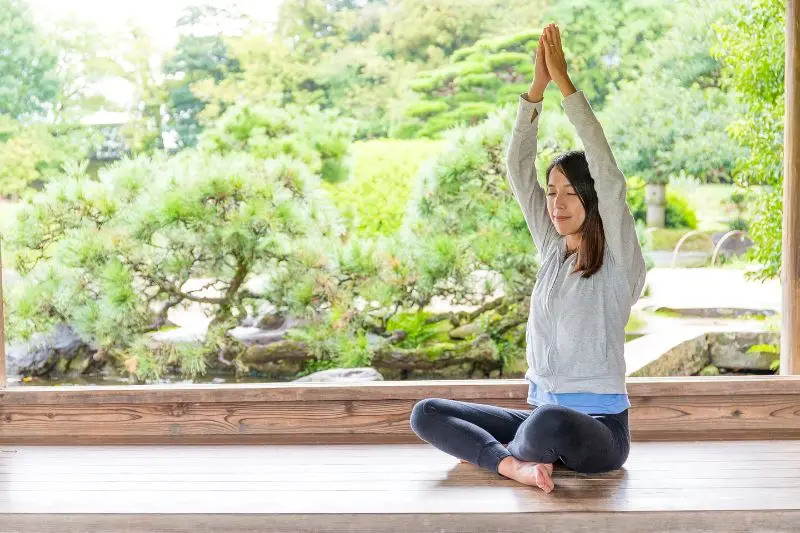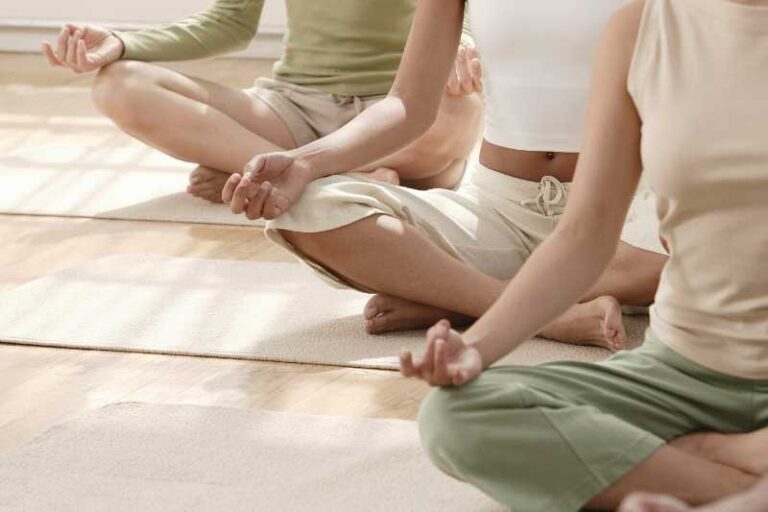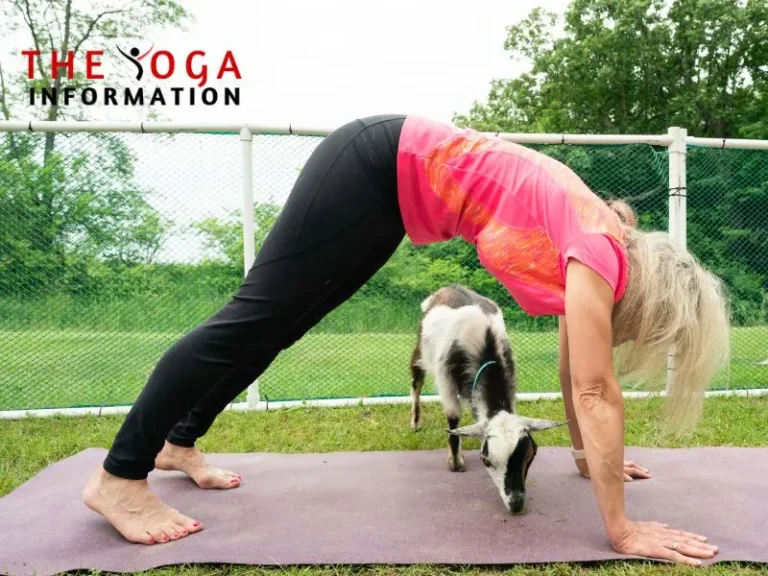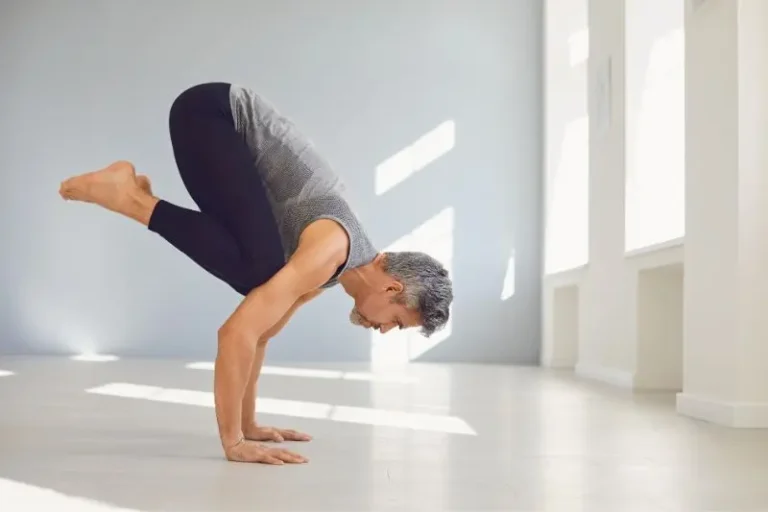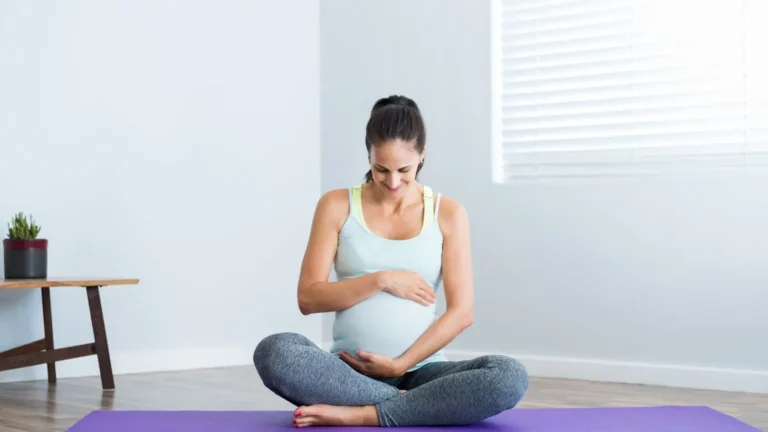Introduction
Korean Yoga is a practice that has been embraced by people all around the world for its numerous physical and mental benefits. While many are familiar with the popular forms of yoga such as Hatha, Vinyasa, and Bikram, there are lesser-known styles that have their own unique history and traditions. One such style is Korean yoga, which has a rich and fascinating origin that dates back thousands of years.
Yoga, also known as “Danjeon Breathing,” is a traditional form of yoga that focuses on breath control, meditation, and movement to achieve harmony and balance within the body and mind. The practice is deeply rooted in Korean culture and has been passed down through generations as a way to promote overall well-being and spiritual growth.
History and Philosophy of Korean Yoga
History and Philosophy of Korean yoga, also known as “Seoul Yoga” or “Han Yoga,” is a unique practice that has a rich historical development and deep philosophical and spiritual foundations.
Historical Development of Korean Yoga
The history of Korean yoga dates back to ancient times, with roots in traditional Korean medicine, martial arts, and spiritual practices. The earliest known references to yoga-like practices in Korea can be traced back to the Three Kingdoms period (57 BCE–668 CE), where Buddhist monks and scholars from India and China brought the teachings of meditation, breathing techniques, and physical postures that laid the foundation for what would later become Korean yoga.
Over the centuries, yoga continued to evolve, drawing influences from indigenous Korean shamanic practices, Taoist principles, and Confucian teachings. It wasn’t until the 20th century that Korean yoga began to take on a more structured and organized form, with the establishment of yoga schools and the integration of modern fitness and wellness practices.
Today, Korean yoga has gained popularity both in Korea and worldwide, with a growing number of practitioners seeking its unique blend of physical, mental, and spiritual benefits.
Philosophical Foundations and Spiritual Aspects of Korean Yoga
At the heart of Korean yoga lies a deep philosophical foundation that emphasizes harmony, balance, and the interconnectedness of mind, body, and spirit. Drawing from the teachings of ancient Korean sages and the wisdom of Eastern philosophies, yoga seeks to align the practitioner with the natural rhythms of the universe and cultivate a sense of inner peace and enlightenment.
One of the key philosophical principles of Korean yoga is the concept of “Ki,” which refers to the vital life force that flows through all living beings. Practitioners of yoga seek to harness and cultivate their Ki through breath work, meditation, and physical postures, aiming to achieve a state of balance and harmony within themselves and with the world around them.
Spiritually, yoga is rooted in the belief that the body is a sacred vessel that can be used as a tool for spiritual awakening and self-realization. Through the practice of meditation, chanting, and mindful movement, Korean yoga offers a path towards greater self-awareness, compassion, and connection with the divine.
Key Principles and Techniques
Understanding the key principles and techniques of Korean yoga is essential for anyone seeking to explore this ancient practice. Let’s take a closer look at the fundamental elements that form the foundation of Korean yoga.
Breathing Exercises
Central to the practice of yoga are the breathing exercises that help practitioners cultivate a deep sense of awareness and connection with their breath. Through controlled breathing techniques such as Pranayama, participants learn to regulate their breath, increase oxygen flow to the body, and promote relaxation and mindfulness.
Postures
The practice of Korean yoga incorporates a wide range of postures, or asanas, that are designed to promote strength, flexibility, and balance. From gentle stretches to more challenging poses, each posture serves a specific purpose in enhancing physical well-being and promoting overall vitality.
Meditation Practices
In the fast-paced modern world, finding moments of stillness and inner peace is more important than ever. Korean yoga embraces meditation practices that allow individuals to quiet the mind, cultivate presence, and tap into their inner wisdom. Through mindfulness meditation and visualization techniques, practitioners can experience a profound sense of tranquility and mental clarity.
Health Benefits of Korean Yoga
Korean yoga offers a wealth of health benefits for individuals seeking to improve their physical, mental, and emotional well-being. From enhanced flexibility and strength to reduced stress and emotional balance, yoga provides a holistic approach to wellness.
Physical Benefits of Korean Yoga
Korean yoga is renowned for its ability to improve flexibility. The gentle stretching and flowing movements in yoga help to increase the range of motion in the joints and muscles, leading to enhanced flexibility. Regular practice of yoga can also contribute to improved posture and balance, reducing the risk of injuries and enhancing overall physical stability.
In addition to flexibility, yoga is an excellent way to build strength. The various poses and movements in yoga require engaging multiple muscle groups, leading to improved muscular endurance and strength. As a result, practitioners can experience greater physical resilience and a toned, strong body.
Moreover, Korean yoga is an effective way to boost overall well-being. The mindful breathing techniques incorporated in yoga can enhance lung capacity and oxygenation of the body. This, in turn, can lead to increased energy levels and vitality, promoting a sense of overall well-being.
Mental Benefits of Korean Yoga
The practice of Korean yoga extends beyond physical movements and incorporates mindfulness and meditation. This aspect of yoga can have profound mental benefits, including stress reduction and improved mental clarity. By focusing on the present moment and quieting the mind, practitioners of Korean yoga can experience a sense of calm and inner peace. yoga can also have a positive impact on emotional well-being. The meditative aspects of the practice can help reduce anxiety and promote emotional balance.
Popular Korean Yoga Poses and Sequences
By practicing these popular Korean yoga poses and sequences, you can experience the unique benefits of Korean yoga and deepen your mind-body connection.
Dahn Yoga Sequence
Dahn yoga is a form of Korean yoga that emphasizes the connection between mind and body. The Dahn yoga sequence typically includes a series of flowing movements and breathing exercises to promote energy flow and relaxation. To practice the Dahn yoga sequence, start by standing with your feet shoulder-width apart. Inhale deeply as you raise your arms above your head, and then exhale as you slowly lower your arms while bending forward at the waist. Repeat this movement several times, focusing on your breath and maintaining a relaxed, fluid motion.
Sunrise Salutation
The Sunrise Salutation is a popular Korean yoga sequence that is often practiced in the morning to awaken the body and mind. Begin by standing tall with your feet together and your arms at your sides. Inhale as you raise your arms overhead, arching your back slightly as you look up towards the sky. Exhale as you bend forward at the waist, reaching towards your toes. Inhale again as you lift your torso halfway, lengthening your spine, and then exhale as you fold forward once more. Finish the sequence by inhaling and slowly rolling up to a standing position, arms reaching towards the sky, before lowering your arms back to your sides.
Korean Lotus Pose
The Korean Lotus Pose is a seated yoga pose that promotes relaxation and flexibility. Begin by sitting on the floor with your legs extended in front of you. Bend your right knee and place your right foot on top of your left thigh, bringing your heel towards your abdomen. Then, bend your left knee and place your left foot on top of your right thigh, bringing both heels towards your abdomen. Rest your hands on your knees, palms facing upwards, and close your eyes as you focus on your breath. This pose is excellent for calming the mind and stretching the hips and thighs.
Korean Mountain Pose
The Korean Mountain Pose is a standing yoga pose that promotes strength and stability. Begin by standing with your feet hip-width apart and your arms at your sides. Press down through your feet as you lengthen your spine and reach your arms towards the sky. Engage your core muscles and hold the pose for several breaths, feeling grounded and centered. The Korean Mountain Pose is an excellent way to improve posture and build lower body strength.
How to Get Started with Korean Yoga
If you’re new to Korean Yoga, it’s important to approach the practice with an open mind and a willingness to explore its various elements. Here are some steps to help you get started:
Find a Qualified Instructor
Seek out a certified Korean Yoga instructor who can provide proper guidance and instruction. A skilled teacher will help you understand the foundational movements, breathing techniques, and meditation practices essential to Korean Yoga.
Start with Gentle Movements
Yoga incorporates gentle, flowing movements that aim to release tension, improve flexibility, and promote circulation. Begin with simple stretching exercises to acquaint yourself with the basic postures and movements.
Embrace Breathing Exercises
Deep, mindful breathing is central to Korean Yoga. Practice diaphragmatic breathing to enhance relaxation, oxygenation, and energy flow throughout your body.
Cultivate Mindfulness through Meditation
Korean Yoga often incorporates meditation practices to quiet the mind and foster inner awareness. Start with short meditation sessions and gradually increase the duration as you become more comfortable with the practice.
Focus on Energy Work
Explore the concept of ki and its role in Korean Yoga. Learn simple energy cultivation exercises to enhance your vitality and promote holistic well-being.
Integrating Korean Yoga into Your Daily Routine
Set aside dedicated time for your Korean Yoga practice, whether it’s in the morning to start your day with clarity and focus, or in the evening to unwind and release tension.Create a peaceful and uncluttered space for your practice, free from distractions and conducive to relaxation and introspection.Practice mindful breathing and gentle movements throughout the day to maintain a sense of calm and centeredness, even amidst a busy schedule.
Seek opportunities for self-reflection and introspection, aligning with the spiritual aspects of Yoga to cultivate inner harmony and emotional well-being.
Conclusion
Korean yoga offers a holistic approach to wellness, providing practitioners with a transformative and enriching experience. By integrating physical postures, energy exercises, and mindfulness techniques, it empowers individuals to cultivate balance, resilience, and creativity in their lives. If you are ready to embark on a journey of self-discovery and holistic well-being, consider exploring the transformative power of Korean yoga.
